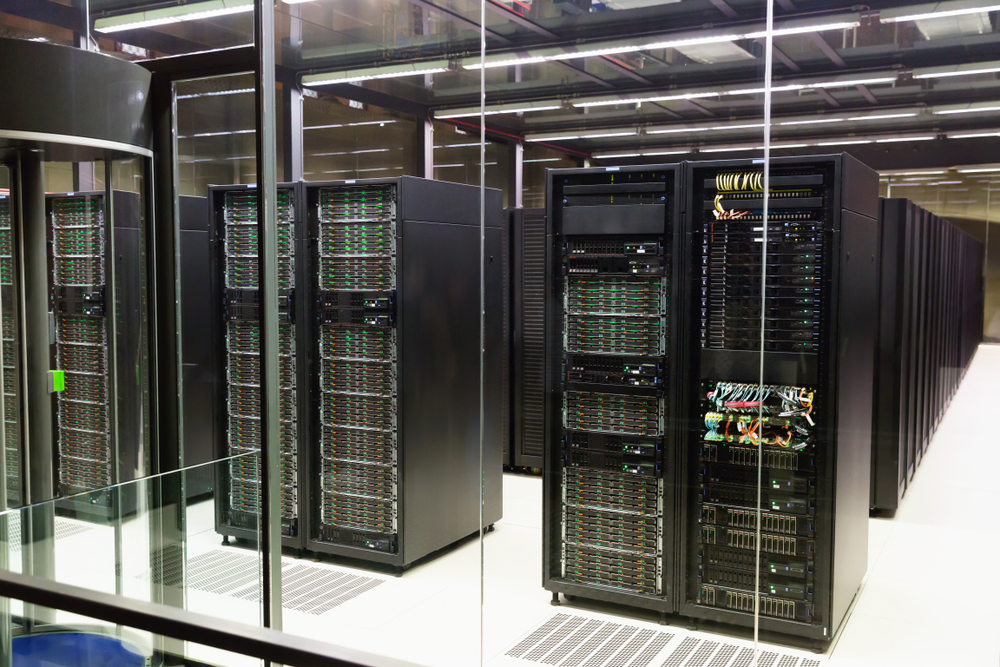About SharedGeo
Founded in 2008, SharedGeo is a 501 (c) 3 Minnesota based geospatial research and development nonprofit with the mission of helping government, nonprofit, education, and corporate entities use mapping technologies and share geographic data for the public good.
Products and Efforts
Some of SharedGeo’s past and current products and efforts include:
- Geospatial community events and management
- Petascale computing
- Public Health
- State government committee support
- U.S. National Grid support
- Unique and affordable approaches to the nation’s most difficult geospatial challenges
GLARS at SharedGeo
Within the GLARS effort, SharedGeo has been working to develop automation and management services for very large, frequent sensor data sets that enable imagery products to be pre-processed into formats that can be made widely available for use in management of coastal wetlands, freshwater resources, and shared borders. Since commencing research and development within the GLARS framework, activities have included:

- Ordering, acquiring, and organizing large quantities of DigitalGlobe stereo imagery (under the NGA NextView license) through USFWS. This imagery is being managed and processed by SharedGeo for use by MTRI, RSGAL and SharedGeo staff to create derived products such as Digital Surface Models (DSM), water quality, water extent, and vegetation mapping. The DSMs have been derived from the stereo imagery using Surface Extraction by TIN-based Search space Minimization (SETSM) photogrammetric software and NASA’s Ames Stereo Pipeline. To process this vast amount of data, SharedGeo applied for and was awarded over a million node hours on the Blue Waters supercomputer via two Great Lakes Consortium for Petascale Computing awards.
- Coordinating efforts to produce DSMs over the Great Lakes Basin with the University of Minnesota Polar Geospatial Center’s EarthDEM project. As future two-meter surface models are produced by EarthDEM, SharedGeo will correspondingly produce more detailed difference models and mosaics over the Great Lakes Basin as new satellite data or improved processing methodology become available.
- Taking workflows developed over the initial study areas by MTRI for synthetic aperture radar data, and by RSGAL for object based image analysis (OBIA) classification using image data and surface elevation data, and transforming these workflows so they can be run in a high-speed computing environment that supports the data volumes required to process the entire Great Lakes Basin.
- Exploring the potential for storing the DSM results as a large point cloud using Point Data Abstraction Library (PDAL) and Entwine Point Tiles (EPT). This potentially helps with analysis by solving two problems:
- The first is, especially at sub two-meter resolution, the resulting surface models over the Great Lakes Basin are very large and growing – currently over 70TB. The EPT format based on LAZzip, is showing 4-8x smaller files sizes in initial testing than the Lempel–Ziv–Welch (LZW) compressed GeoTIFFs that SETSM produces.
- The second issue that it helps with is when comparing results from different dates and different satellites – the footprints of the stereo results don’t exactly line up with each other. This manifests as two additional issues:
- First, the rasters need to be resampled onto a common grid before any math/statistical analysis can be done, and
- Second, each pixel in the resampled output will have a varying number of input dates associated with it.
- These issues make the GLARS multi-temporal data not easy to represent in raster form, however, the data naturally fits into a point cloud format. By using the point cloud format, SharedGeo has been able to determine how to resolve these issues at query time instead of storage time, letting SharedGeo support a wide array of possible queries. This approach could result in major savings in storage and more efficient analysis for current and future imagery collects over the entire Great Lakes Basin.